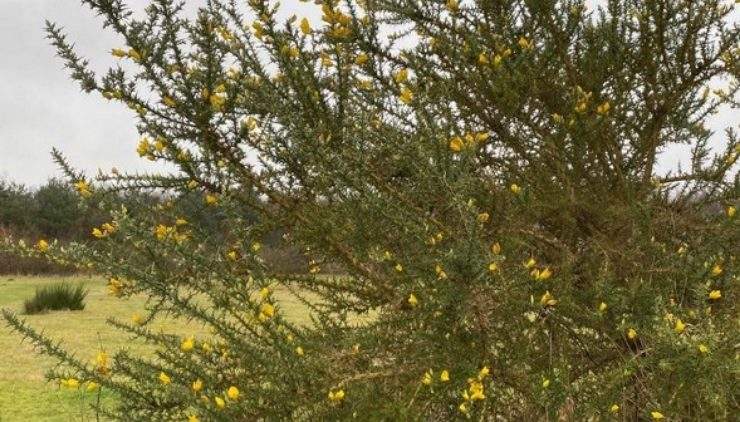May & June 2011
- Categories:
- Nature
June was more mixed month with once again, some hot sunny weather but at last some occasional heavy rain.
This year has thus far been a very good one for butterflies which is just as well as most species have been in steep decline. There have been really good numbers of the commoner butterflies such as speckled wood, red admiral and small tortoiseshells. The spectacular white admirals have been flying earlier than usual and I was delighted to see a beautiful purple hairstreak butterfly near to the ground level. These butterflies spend most of their time high in the canopy of oak trees and the gazebo at Sheringham Park is well known as a hotspot for seeing them. Unusually for butterflies they are often active late afternoon and early evening at a time when many species will have settled down in cover for the night.
May and June have been very productive for bats with excellent views of common and soprano pipistrelles, particularly near the conservation pond. We have also had occasional sightings of noctules, one of our biggest bats that flies high and fast over the heath and can often be seen before sunset. It is interesting to see a number of repeat visitors are now bringing their own bat detectors.
May saw the return from Africa of that most evocative of heathland birds, the nightjar. This once scarce summer migrant is now found in very good numbers at Kelling. Nightjars feed at dawn and dusk and sleep by day, roosting lengthwise along a tree branch or on the ground, where they are protected by an almost perfect camouflage. Their churring call is almost insect like and the dry, throaty, mechanical notes pour out at a rate of 28-42 a second and every now and then the sound subtly modulates – a shift in tempo and pitch as the bird turns its head. To spot a singing nightjar is never an easy exercise. In the half light of dusk the males are difficult to pick out as they perform on an exposed tree limb. The sound, which is without any obvious beginning or end, is strongly ventriloguial and gives the impression that the bird is calling some distance from where it is actually found.
Hobbies have been seen on a number of occasions over the heath and this small and spectacular raptor is always a thrill to see. As well as being fast flying it also demonstrates incredible aerial flexibility and is able to catch dragonflies, swifts and even bats in flight. When they catch the dragonflies they are able to pull them apart and eat them as they fly with hardly a pause in their pursuit of other prey. It is so encouraging to note that this wonderful bird is increasing in numbers and appears to be thriving in some farmland areas as well as its traditional heathland habitat.
May and June were really good months and as well as the spectacular night flying species such as Pine Hawk moths and Eyed Hawk moths it was a good time to see day flying species such as the six spot burnet moth and the Cinnabar. The caterpillars of the latter feed on ragwort and their black and yellow colouration warns potential predators that they are as poisonous as their foodplant..
Once again there have been good numbers of dragon and damselflies at the conservation pond but more about them next month. It has also been good to see a number of bumblebee species foraging around the park in particular in the wildflower meadow. It seems to have been a mixed breeding season for birds with some species doing well but others such as blackbirds struggling to find enough food for their youngsters due to their dry conditions meaning that worms are found deep down in the soil.
Many species such as stonechats (found on Kelling heath) are capable of having two or three broods and this means that if they struggled getting enough food for the first clutch they may have better luck with the next batch.


